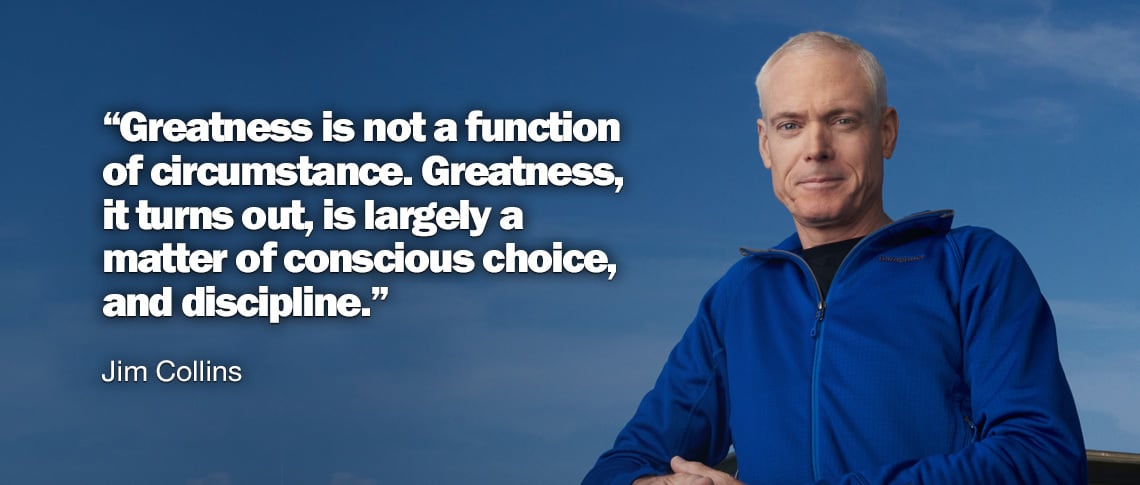“It’s a boat and not a bus.” David Singer
It seems like anyone who reads business books has a copy of Jim Collins seminal work, Good to Great. The book introduces some of the key ways great businesses reached unapparelled success such as Level 5 Leadership, Getting the right people in the right seats, the Hedgehog and Flywheel concept and many others. These concepts have become catchphrases for many in the business world. The phrase that gets used most often is “Getting the right people on the bus”.
I agree with the foundational concept behind the phrase. Businesses need to hire, train and retain top talent and make sure that each person is fitted to their position. They need to have the right attitude and aptitude for their position. However, the phrase “Right people on the bus” is about as backwards as it could be. Riding a bus is a passive activity for everyone except the driver. The riders pay the driver, get on the bus, and get off at their stop. The bus continues to go in the same way whether there are passengers or no passengers. The people on the bus, with the exception to the driver, have close to zero effect.
A great business puts together a team that is far from passive and has a huge effect on direction and success of the business. If a business’ concept of leadership is being a bus driver that has 100% control over direction and performance, with employees along for the ride, they will miss out on the best ideas and the greatest performance from their team. A good leader makes plans and executes them to the fullest. A great leader understands that no battle plan ever survived first contact with the enemy, meaning they are constantly assessing feedback and adjusting based on the conditions on the front lines. Great leaders demand feedback and ideas from everyone on their team, and they use that feedback to improve tactics, strategy and overall business performance.
I like to view my team as the rowing crew of a boat. It is the job of the leadership to set the direction and get everybody rowing the same direction. If someone starts rowing slower, or in a different direction it is up to the leader and the team to encourage, train, and help that person as much as possible. If the person is not able to row correctly or in the right direction the team and ultimately the leader must decide that this person needs to leave the boat.
It may seem odd that I include the team in the decision to help the person or get them off the boat, but that is part of the difference between a bus and a crew boat. A person on a bus might smell, use bad language or be generally unpleasant, but the other people on the bus have the options of holding their nose or putting on head phones. On a crew boat if any member of the team is not pulling their weight or is rowing out of time or in the wrong direction it affects every member of the team. Assuming the team wants to win, they will either coach the person up or coach the person out. It is ultimately the leader’s responsibility. Lack of performance affects every member of the team.
Building an effective team is much more than getting the right people on the bus. Building an effective team is creating a culture where all members of the team are invested in rowing in the same direction and moving the business forward. An effective leader provides direction and relies on the team for feedback, performance and results.
